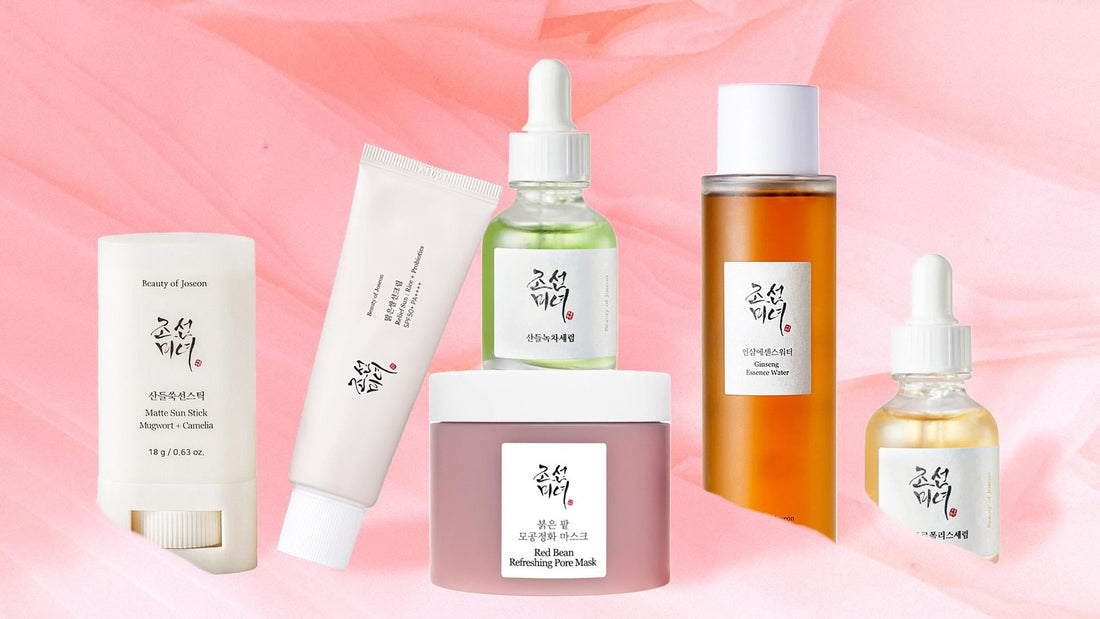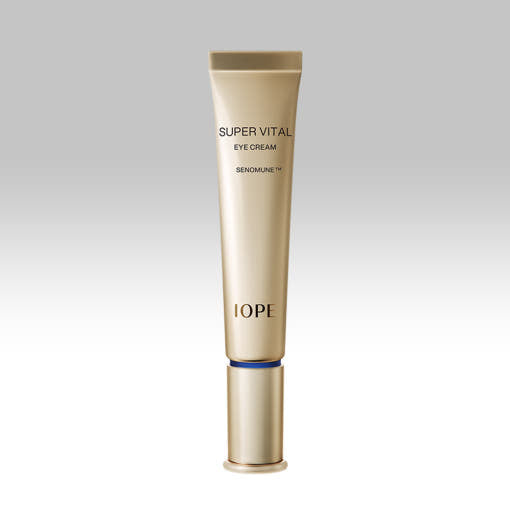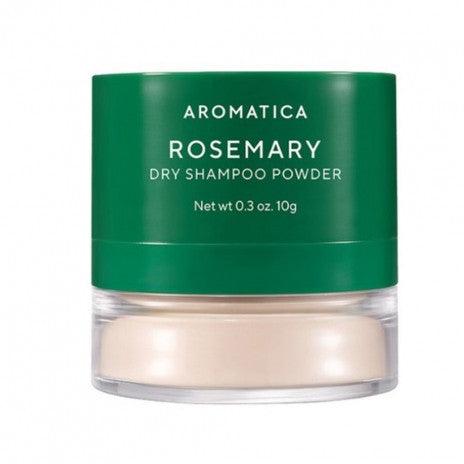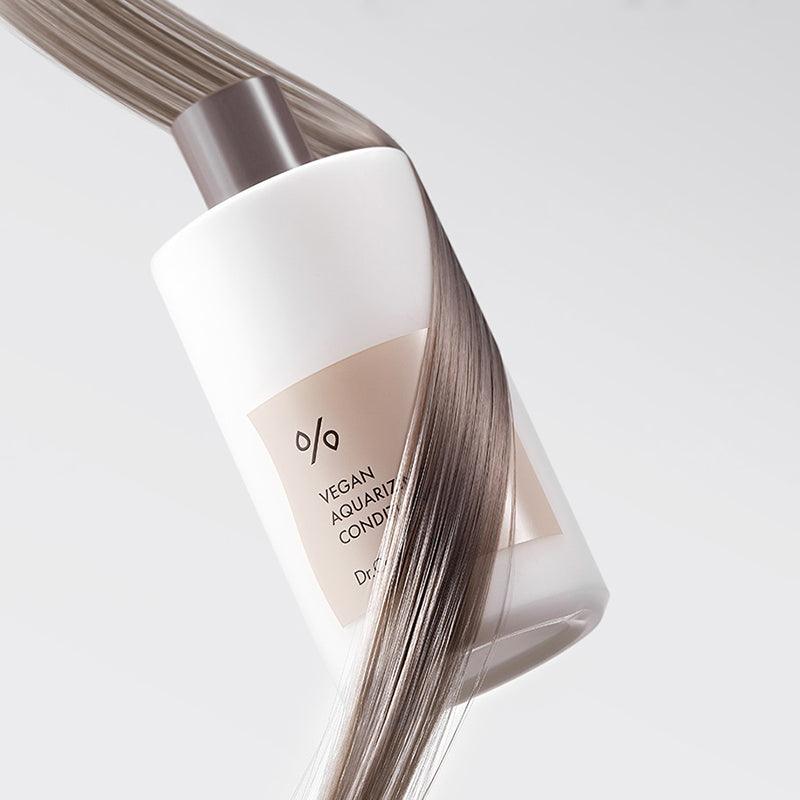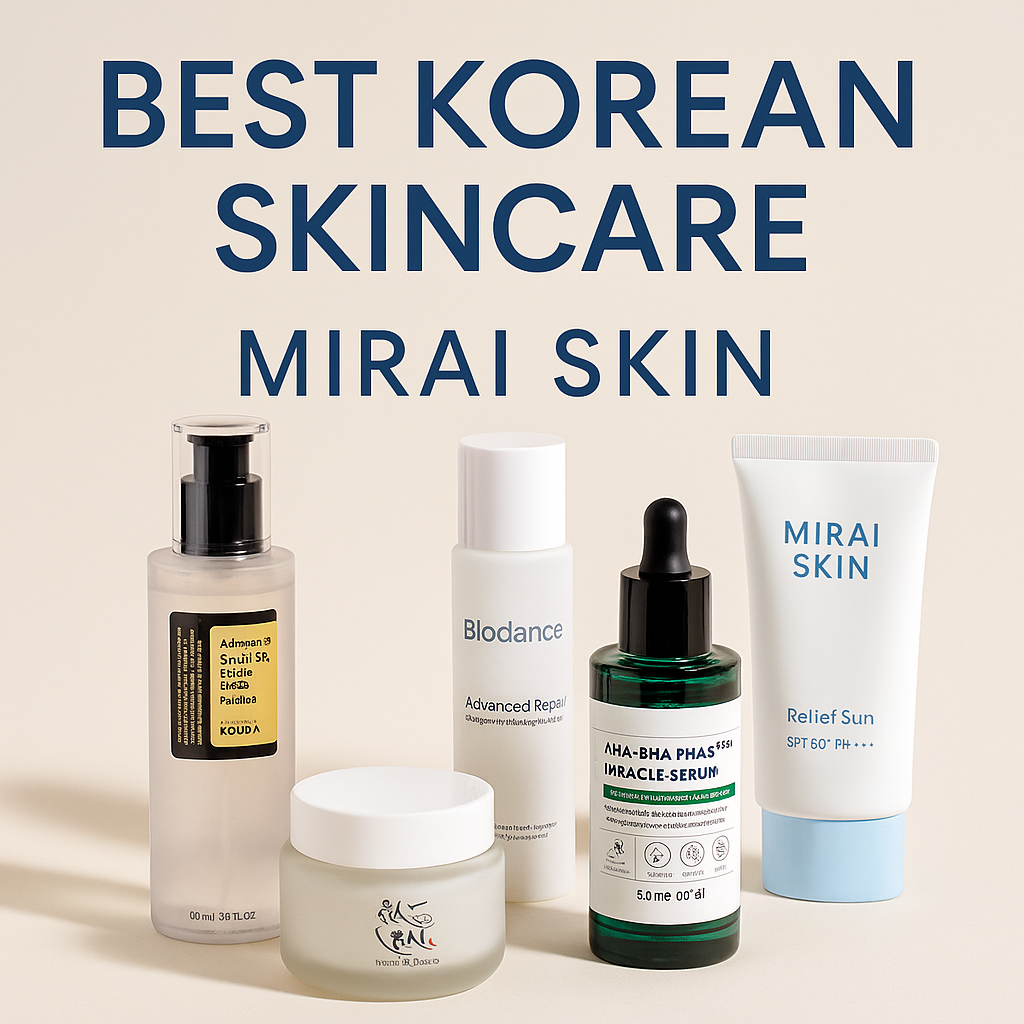Korean skin care, often referred to as "K-beauty," has become a cultural juggernaut. From Seoul to San Francisco, shelves are lined with sleek jars and colorful sheet masks promising radiant skin. But what’s behind this craze? The success of Korean skincare isn’t just marketing hype; it’s rooted in centuries of tradition, a fierce devotion to innovation, and an unwavering commitment to skin health. In fact, the phrase "why is Korean skincare so good and popular?" has become a topic of global curiosity, and for good reason.
Cultural Foundations of Korean Skin Care
Long before it became a global trend, Korean skin care was deeply embedded in the nation’s culture. In traditional Korean households, self-care rituals, particularly for the skin, were passed down through generations. From herbal steams using mugwort to gentle scrubs made from rice bran, skin care was a form of both respect and routine. These daily practices emphasized not just outer beauty, but internal wellness. A concept now echoed in holistic beauty philosophies worldwide.
Focus on Prevention Over Correction
Korean skin care’s preventive approach contrasts sharply with the West’s corrective model. Instead of waiting for wrinkles or pigmentation to appear, Korean consumers are taught to start early. Using SPF daily, moisturizing even in youth, and cleansing gently but thoroughly all help delay signs of aging. This proactive mindset fosters consistent routines that yield cumulative results over time, thus avoiding aggressive treatments later on.
Multi-Step Routine Explained
The famous "10-step routine" may sound excessive, but it's flexible and tailored to individual needs. The typical routine includes:
- Oil cleanser (removes makeup and SPF)
- Water-based cleanser (eliminates sweat and debris)
- Exfoliator (2-3 times weekly for smooth skin)
- Toner (preps skin and balances pH)
- Essence (hydrating + nourishing)
- Serum/Ampoule (targeted treatment)
- Sheet Mask (hydration/brightening boost)
- Eye Cream (delicate under-eye care)
- Moisturizer (seals in hydration)
- Sunscreen (daily protection)
Each layer serves a specific function, leading to a radiant, well-hydrated complexion without overwhelming the skin.
Ingredient Innovation
One of the biggest reasons Korean skincare is so effective is its use of unique ingredients. Snail mucin, bee venom, ginseng, rice water, and fermented yeast might sound exotic, but they’re backed by both anecdotal and clinical results. These elements offer hydration, cell regeneration, and anti-aging benefits without harsh effects. Korean brands lead the world in ingredient research and adoption, often years ahead of Western counterparts.
Gentle Formulations for All Skin Types
Korean products are known for being kind to the skin. Harsh sulfates and alcohols are rarely used. Instead, calming ingredients like centella asiatica (aka cica), green tea, and allantoin are common. This focus on skin barrier health makes K-beauty ideal for sensitive or acne-prone skin types. It also means users are more likely to stick with their routines because irritation is minimal.
Science Meets Tradition
What sets Korean skincare apart is its blend of ancient wisdom with scientific advancement. Traditional herbal medicine, known as "hanbang," is still widely respected. Brands like Sulwhasoo harness these practices with ginseng and lotus extracts while investing in cutting-edge dermatology research. This unique intersection allows for innovation that feels both grounded and futuristic.
The Glass Skin Obsession
One term that became synonymous with Korean skincare is “glass skin.” This expression describes skin that’s so smooth, luminous, and intensely hydrated, it resembles glass. Achieving this level of clarity isn’t a fluke, it’s the result of meticulous routine and consistency. Glass skin routines emphasize hydration at every layer, encouraging skin to glow from within rather than rely on external shimmer or makeup. The phenomenon didn’t just take off in Korea; global influencers and dermatologists alike now reference it as the gold standard of healthy skin.
Skin First, Makeup Second
Unlike many Western beauty trends that prioritize covering up imperfections, Korean skincare promotes enhancing your natural beauty. The motto is clear: healthy skin is the foundation of beauty. Rather than conceal flaws with foundation or concealer, the goal is to reduce those flaws over time. With skin this good, makeup becomes optional, not essential. This approach empowers users to take pride in their natural appearance, boosting confidence in a subtle but impactful way.
Affordable Yet Effective
Another major reason Korean skin care is so good and popular is its affordability without compromising on quality. Whether you’re splurging on Sulwhasoo or saving with Cosrx, there’s an option for every budget. High-performing products are available at drugstore prices, making it accessible to teenagers and seasoned skin care enthusiasts alike. By reducing entry barriers, K-beauty ensures that anyone, anywhere, can start their skin care journey.
Rapid Product Development
Korean beauty brands move fast, really fast. New products are often conceptualized, developed, tested, and released within months. This lightning-speed innovation allows brands to stay ahead of trends, incorporate the latest research, and adapt to consumer feedback. The result? Fresh, trendy, and hyper-relevant skin care options that meet evolving customer demands.
Cultural Obsession with Appearance
In Korea, appearances hold significant social value. Whether it’s for job interviews or social acceptance, clear skin is viewed as a marker of discipline, cleanliness, and even success. This cultural emphasis has fueled an industry that thrives on perfection, resulting in a highly competitive market with sky-high standards. The good news is, this intense focus has birthed products that actually deliver visible, lasting results.
Beauty Starts Young in Korea
In Korea, children are often taught skin care basics before their teenage years. A typical Korean teenager may already use cleansers, sunscreens, and even moisturizers—practices that are often introduced much later in the West. Early adoption of good habits prevents long-term damage and leads to smoother, healthier skin into adulthood.
Clean and Minimalist Packaging
Let’s not overlook packaging. Korean skin care products often come in sleek, pastel bottles or nature-inspired jars that are Instagram-worthy on their own. Beyond aesthetics, many brands are shifting toward sustainable, recyclable packaging. Minimalist designs not only look good but signal transparency and purity hence aligning with the natural, gentle nature of the products themselves.
Customization and Layering
No two skins are the same and Korean skin care gets that. The system of layering gives users the freedom to mix and match products based on their unique concerns. Dry? Add more hydration steps. Breaking out? Swap in a calming ampoule. This customizable approach makes every routine feel personalized, empowering users to become their own skin care experts.
Global Influence Through K-pop and K-dramas
Korean celebrities are walking billboards for the efficacy of their nation’s skin care. Think of BTS, Blackpink, or K-drama stars like Song Hye-kyo, their flawless complexions inspire fans to seek out their routines and products. This organic endorsement has catapulted Korean brands into international fame, often selling out within hours after being spotted in a music video or TV show.
Online Accessibility & Global Shipping
A major part of K-beauty’s popularity stems from how easy it is to buy. Online stores like YesStyle, Soko Glam, and even Amazon now carry Korean products with global shipping options. The accessibility allows enthusiasts around the world to experience authentic Korean skin care without needing to travel to Seoul.
Korean Beauty Brands’ Marketing Genius
From quirky product names like "Egg Mellow Cream" to whimsical packaging and engaging social media, K-beauty brands know how to market. They don’t just sell products, they tell stories. Whether it’s about a rare alpine flower or the science of fermentation, every launch is an experience that educates and delights the consumer.
Product Variety for Specific Concerns
Have oily skin with hormonal acne and redness? There’s a Korean product for that. The market is flooded with highly targeted treatments, each addressing very specific skin conditions. Unlike one-size-fits-all solutions, Korean skin care allows users to fine-tune their regimen based on changes in climate, diet, and age.
Transparency and Product Education
Korean brands invest in educating their consumers. Labels often include clear explanations, ingredient breakdowns, and even usage instructions in multiple languages. Tutorials, YouTube reviews, and infographics further reinforce understanding, building trust with their audience.
Natural and Fermented Ingredients
Nature plays a key role in K-beauty. Ingredients like green tea, bamboo extract, and birch sap offer gentle nourishment. Meanwhile, fermentation techniques used to break down active ingredients, enhance absorption and efficacy. These traditional processes have been scientifically backed to improve skin tone, elasticity, and hydration.
Cruelty-Free and Vegan Options
More brands are now offering cruelty-free, vegan options in line with global ethical standards. Names like Dear, Klairs and Purito are leading the charge, proving that effectiveness doesn’t have to come at the expense of ethics. Environmentally aware consumers can now enjoy K-beauty without compromising their values.
Tech-Integrated Skincare
Korea is not just ahead in beauty, it’s a tech powerhouse. Skin care brands now use AI-powered apps to scan your skin and recommend products. Some even sell personalized ampoules or sheet masks based on your skin’s moisture levels, pH, or sebum content. This fusion of skin science and technology is futuristic and fascinating.
Dermatologist and Consumer Collaboration
Korean brands often rely on extensive consumer testing and dermatologist feedback. Real-life user experiences are integral to product development. This open-loop system ensures that products aren’t just theoretically effective but work in everyday conditions and real-world skin types.
Community and Online Reviews
Online communities like Reddit’s r/AsianBeauty, TikTok skinfluencers, and Korean YouTubers offer candid reviews, tutorials, and product demos. Word-of-mouth has never been stronger. These grassroots efforts have become more influential than traditional ads, driving informed purchasing decisions.
Inclusive Skin Care Philosophy
Korean skin care doesn’t discriminate. Products are suitable for all genders, ages, and ethnicities. Whether you’re a man battling oily skin or a mature woman looking for elasticity, there’s a solution crafted just for you. This inclusivity furthers the global reach of Korean skin care.
The Self-Care Ritual Element
In Korea, skin care isn’t a chore, it’s a form of self-love. Taking 10-20 minutes every night to pamper your skin has mental and emotional benefits. It slows you down, lets you reconnect with yourself, and turns a daily necessity into a luxurious ritual.
Why is Korean skin care considered better than Western skin care?
Korean skin care is often viewed as superior because of its holistic and preventative approach. Instead of focusing only on treating skin problems after they appear, K-beauty emphasizes maintaining healthy skin through consistent care, hydration, and gentle ingredients. Their multi-step routines might seem extensive, but they aim to nourish the skin deeply and consistently over time, something Western products typically overlook.
What makes Korean skin care products stand out from others?
Korean skin care is known for its innovation and unique ingredients. Think snail mucin, fermented rice water, and ginseng, natural, effective components you rarely find elsewhere. Beyond ingredients, Korean brands invest heavily in research and constantly evolve to meet consumers’ needs. The result? Products that are not just trendy, but actually work.
Do Korean skin care routines really work, or is it just hype?
It’s more than just hype. Thousands of users worldwide report visible improvements in skin texture, tone, and hydration. What makes it effective is consistency and layering, cleansing properly, applying essence, serums, and moisturizers in the right order. It's not magic, but when used regularly, the results are real and often impressive.
Is Korean skin care suitable for all skin types?
Yes, that’s part of its global appeal. Korean brands formulate products for sensitive, oily, dry, and combination skin. Plus, their formulas are generally lightweight, fragrance-free, and free from harsh chemicals—making them ideal for those with sensitive or acne-prone skin. There's truly something for everyone.
Why has Korean skin care become so popular worldwide?
The global rise of K-dramas, K-pop, and Korean influencers definitely played a part. People started noticing those glass-skin complexions and wanted in. But beyond the glam, K-beauty earned its reputation through effectiveness, affordability, and cutting-edge formulas that deliver results without breaking the bank.











